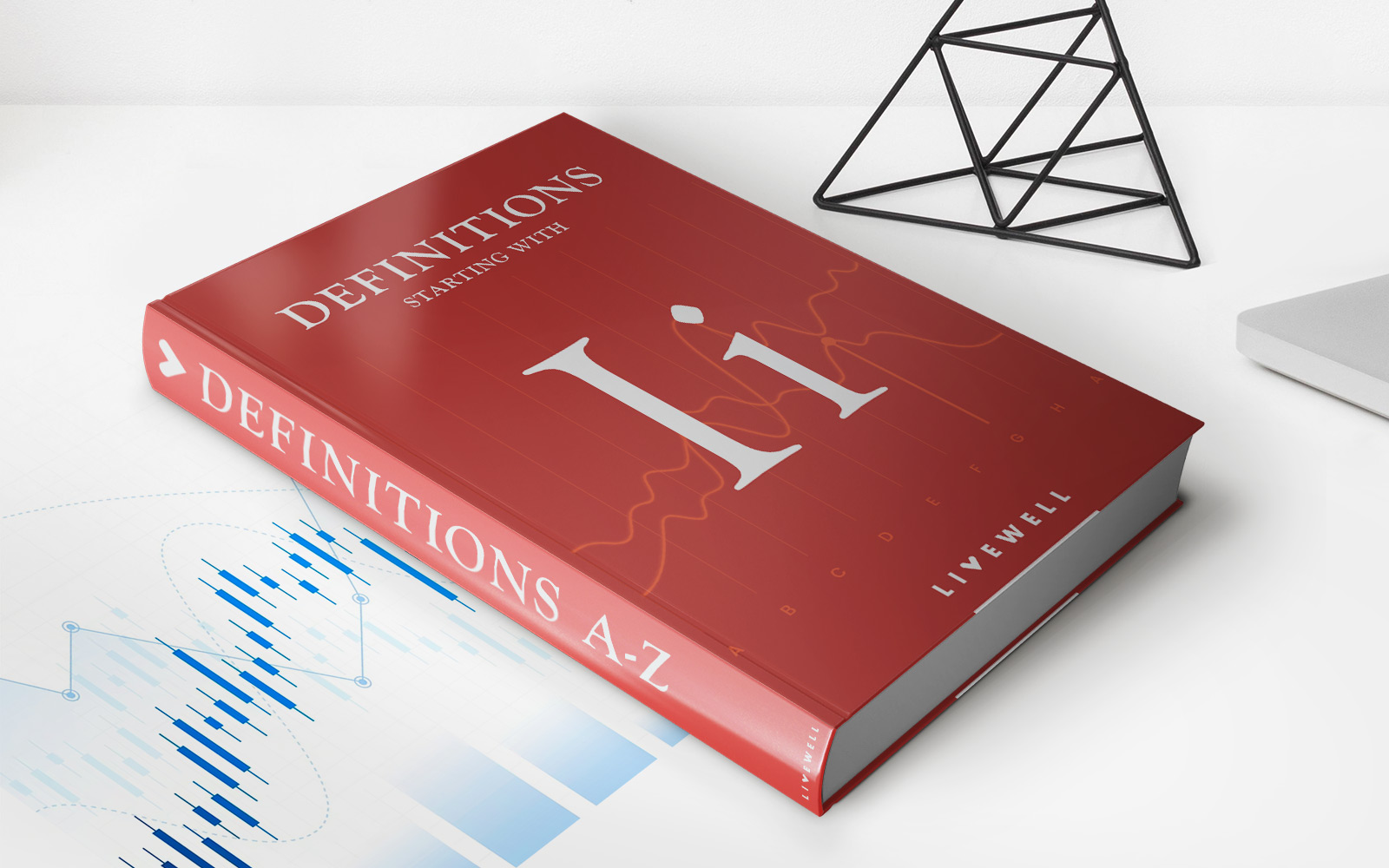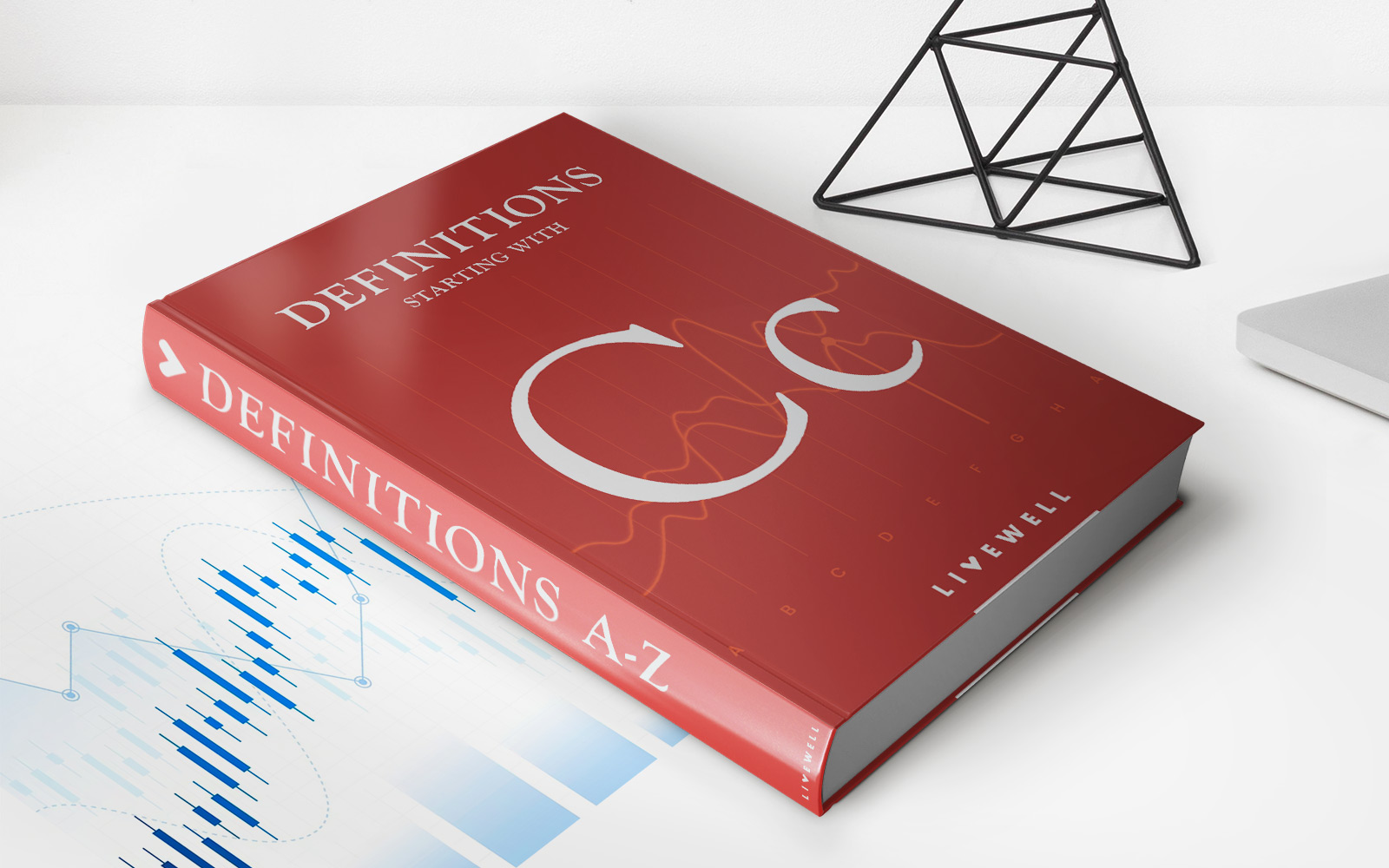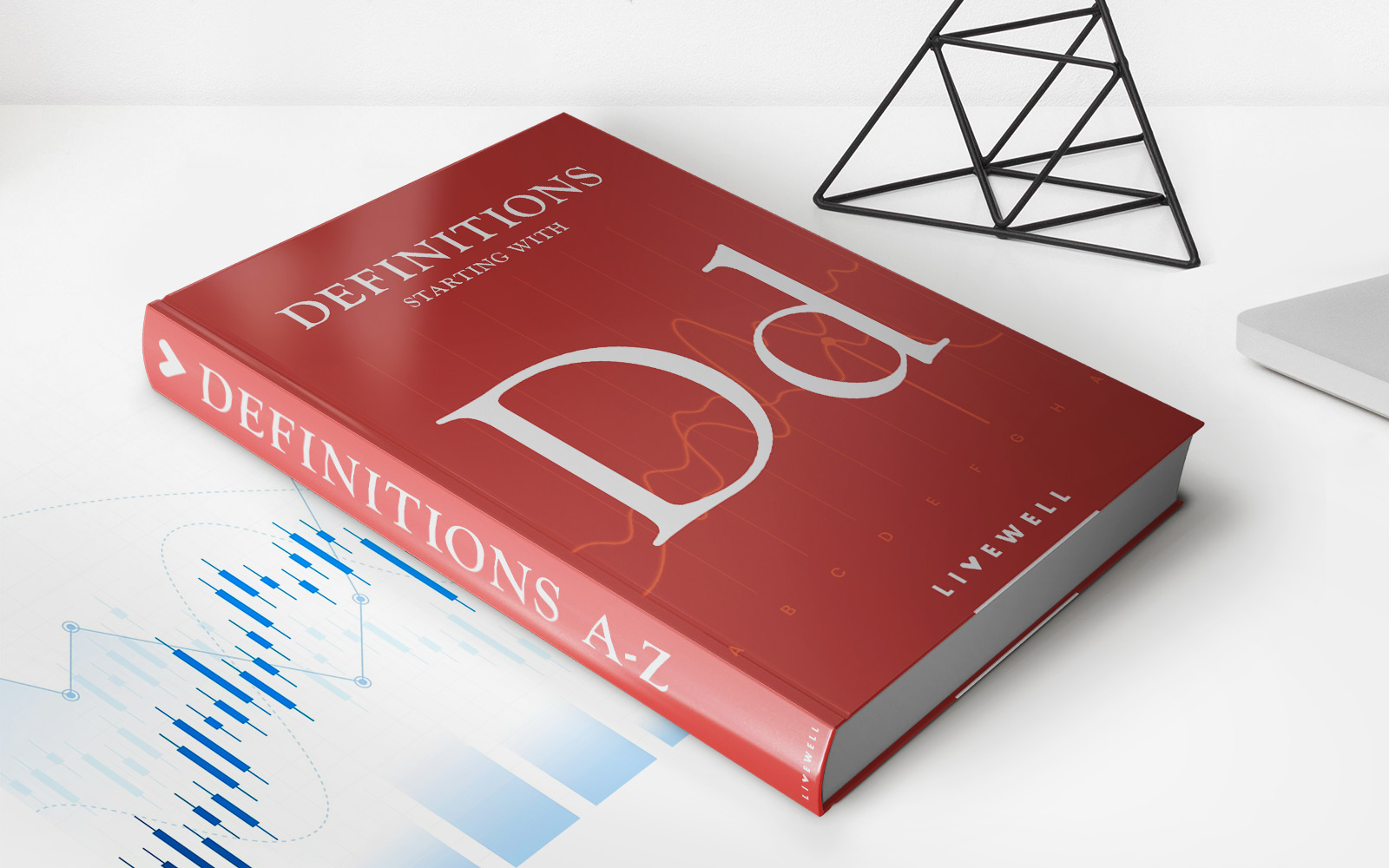

Finance
What Does A Home Insurance Adjuster Look For?
Modified: December 30, 2023
Find out what a home insurance adjuster looks for when assessing your property. Understanding their process can help you navigate your insurance claim and protect your finances.
(Many of the links in this article redirect to a specific reviewed product. Your purchase of these products through affiliate links helps to generate commission for LiveWell, at no extra cost. Learn more)
Table of Contents
Introduction
When disasters strike, homeowners rely on their insurance policies to help them recover. However, the process of filing a claim and obtaining a fair settlement can be daunting. This is where a home insurance adjuster comes into the picture. A home insurance adjuster plays a crucial role in assessing the damage, evaluating the claims, and determining the compensation amount. In this article, we will take a closer look at what home insurance adjusters do and how they go about their work.
Home insurance adjusters are professionals employed by insurance companies to investigate and evaluate claims made by policyholders. They act as a liaison between the insurer and the homeowner, ensuring that the claims process is fair and accurate. Their primary objective is to assess the validity of the claim, determine the cause and extent of the damage, and decide on an appropriate settlement amount.
Insurance adjusters possess expert knowledge in the field of property damage assessment and insurance policies. They are equipped with the necessary skills to accurately evaluate the damage and determine the coverage provided by the homeowner’s insurance policy. They play a crucial role in ensuring that the claims process is unbiased, transparent, and in accordance with the terms and conditions of the policy.
When a homeowner files a claim, the insurance company assigns a home insurance adjuster to investigate the matter. The adjuster’s role is to thoroughly inspect the property, document the damage, gather evidence, and assess the financial impact of the loss. This involves a detailed examination of the property, including its structure, contents, and any additional structures such as sheds or garages.
Throughout the claims process, communication between the homeowner and the adjuster is crucial. The homeowner must provide the adjuster with all the necessary information regarding the damage, including photographs, repair estimates, and any other documentation that supports the claim. The adjuster will review this information and conduct their own independent investigation to validate the claim.
Role of a Home Insurance Adjuster
A home insurance adjuster plays a pivotal role in the claims process, acting as the mediator between the homeowner and the insurance company. Their main responsibilities include assessing the damage, documenting evidence, determining the validity of the claim, estimating the value of the loss, and negotiating a fair settlement. Let’s explore the various tasks and functions that a home insurance adjuster performs:
- Damage assessment: One of the primary tasks of a home insurance adjuster is to assess the damage to the insured property. They thoroughly inspect the property, taking note of any physical damage to the structure, contents, and additional structures. This assessment helps in determining the cause of the damage, whether it was due to a natural disaster, fire, vandalism, or any other covered event.
- Evidence collection: Home insurance adjusters are responsible for gathering all relevant evidence to support the claim. This includes taking photographs of the damage, documenting the extent of the loss, and collecting any necessary documents such as repair estimates, receipts, or invoices. The evidence collected helps in validating the claim and determining the compensation amount.
- Policy analysis: Insurance policies can be complex and filled with legal jargon. It is the role of the adjuster to analyze the homeowner’s insurance policy to determine the coverage limits and exclusions. This ensures that the claim is evaluated correctly and that the homeowner receives the maximum compensation allowed under their policy.
- Investigation: A thorough investigation is carried out by the home insurance adjuster to ensure the validity of the claim. This may involve conducting interviews with the homeowner, witnesses, or even hiring experts in specific fields to provide insights and opinions on the cause and extent of the damage.
- Estimation and valuation: Once the damage assessment and investigation are complete, the adjuster is responsible for estimating the value of the loss. They consider factors such as the cost of repairs, replacement of damaged items, and any additional expenses incurred as a result of the loss. The adjuster uses their expertise and knowledge of the local market to provide an accurate valuation of the damage.
- Negotiation and settlement: After assessing the damage and estimating the value of the loss, the home insurance adjuster enters into negotiations with the homeowner to reach a fair settlement. They consider all relevant factors, including the policy limits, deductible, and any applicable depreciation or depreciation recoverable. The adjuster strives to achieve a resolution that satisfies both the homeowner and the insurance company.
Overall, the role of a home insurance adjuster is essential in ensuring a fair and efficient claims process. Their expertise in damage assessment, policy analysis, and negotiation helps in resolving claims promptly and accurately. By providing a neutral and unbiased evaluation, home insurance adjusters play a pivotal role in helping homeowners recover from unexpected losses.
Inspection Process
The inspection process is a crucial phase in the work of a home insurance adjuster. It involves a detailed examination of the property to assess the damage and gather evidence to support the claim. Let’s take a closer look at the steps involved in the inspection process:
- Scheduling the inspection: Once a homeowner files a claim, the home insurance adjuster will schedule a convenient time to visit the property. They will coordinate with the homeowner to ensure access to the property and any relevant documents or information.
- Initial walkthrough: During the initial walkthrough, the adjuster will survey the entire property, both the exterior and interior. They will take note of any visible damage and document it with photographs. This may include damage to the roof, windows, walls, flooring, appliances, and personal belongings.
- Documentation: The adjuster will document the damage by recording detailed descriptions, measurements, and photographs. This documentation is crucial in providing evidence for the claim. They may also request the homeowner to provide any additional documents related to the property, such as purchase receipts or repair invoices.
- Specialized inspections: In some cases, the adjuster may need to bring in specialized experts to assess specific aspects of the damage. For example, if there was a fire, they may consult with a fire investigator to determine the cause and origin. Or if there was water damage, they may consult with a plumber or a water damage restoration specialist to assess the extent of the water intrusion.
- Data collection: The adjuster will collect various data points during the inspection, such as the year the property was built, any renovations or upgrades, and the current condition of the property. They may also inquire about the homeowner’s insurance history and previous claims made.
- Communication with the homeowner: Throughout the inspection, the adjuster will communicate with the homeowner, explaining the process, answering any questions, and addressing any concerns they may have. They will also gather relevant information from the homeowner regarding the cause and timeline of the damage.
After completing the inspection, the home insurance adjuster will compile all the collected data, photographs, and documentation to further evaluate the claim. They will analyze the evidence and compare it with the homeowner’s insurance policy to determine the coverage and validity of the claim. The inspection process is a crucial step in the claims process, as it forms the foundation for accurately assessing the damage and determining the appropriate compensation for the homeowner.
Documentation and Evidence Collection
Documentation and evidence collection are vital aspects of a home insurance adjuster’s role. They play a crucial role in substantiating the homeowner’s claim and helping determine the appropriate compensation. Let’s explore the importance of documentation and evidence collection in the claims process:
Thorough Documentation:
Home insurance adjusters are meticulous in their documentation of the damage to the insured property. They document the extent of the damage, including both visible and non-visible damage, to ensure a comprehensive evaluation. This documentation may include written descriptions, photographs, videos, and any other relevant evidence that supports the claim.
Evidence Collection:
In addition to taking comprehensive photographs and videos, home insurance adjusters also gather other types of evidence to strengthen the claim. This may involve obtaining repair estimates from contractors, invoices, receipts, or any other supporting documents that demonstrate the value of the damage or loss.
Expert Opinions:
In certain cases where the cause or extent of the damage may require expert opinion, the home insurance adjuster may consult with specialists. For example, a fire adjuster may be brought in to investigate the cause of a fire, or an appraiser may assess the value of rare or high-value items. These expert opinions contribute to the overall evaluation of the claim.
Policy Analysis:
Home insurance adjusters are well-versed in insurance policies, and they carefully analyze the policy of the homeowner filing the claim. By closely examining the coverage limits, exclusions, and any relevant endorsements, the adjuster can determine the scope of coverage and ensure that the claim aligns with the terms and conditions of the policy.
Communication:
During the documentation and evidence collection process, effective communication between the adjuster and the homeowner is key. The adjuster will gather information about the cause and timeline of the damage from the homeowner, as well as any additional details that may impact the claim. Clear and open communication helps ensure that all relevant information is considered in the evaluation.
Importance of Documentation and Evidence:
The documentation and evidence collected by the home insurance adjuster serve several crucial purposes. Firstly, they provide objective evidence to support the homeowner’s claim, empowering the adjuster to present a strong case to the insurance company. Secondly, they establish a record of the damage and the assessment process, providing transparency and clarity to all parties involved.
Ultimately, the documentation and evidence collection process is essential in accurately assessing the damage and determining the appropriate compensation for the homeowner. The comprehensive records and supporting evidence help facilitate a fair and efficient claims resolution, benefiting both the homeowner and the insurance company.
Assessment of Damage
The assessment of damage is a critical step in the work of a home insurance adjuster. It involves a thorough examination of the property and the determination of the cause, extent, and severity of the damage. Let’s explore the process of assessing damage and its significance in the claims process:
Detailed Inspection:
A home insurance adjuster conducts a comprehensive inspection of the property to identify and document all damage. This includes visible damage to the structure, as well as damage to personal belongings or additional structures like sheds or garages. The adjuster carefully examines every aspect of the property, taking note of any potential issues or hidden damages.
Cause of Damage:
Identifying the cause of the damage is crucial in determining whether it is covered under the homeowner’s insurance policy. For example, damage caused by a fire or a storm may be covered, while damage resulting from wear and tear or lack of maintenance may not be covered. The adjuster investigates the circumstances surrounding the damage to establish the cause and determine its eligibility for coverage.
Extent of Damage:
The adjuster assesses the extent of the damage to understand how deeply the property has been affected. They consider both visible damage and potential underlying issues that may not be immediately apparent. This assessment helps the adjuster determine the scope of repairs and the overall financial impact of the loss.
Severity of Damage:
Along with assessing the extent of the damage, the adjuster evaluates the severity of the damage. They consider whether the damage impacts the safety, habitability, or functionality of the property. For instance, severe structural damage or water intrusion that compromises the integrity of the dwelling will be considered more severe than cosmetic damage.
Documentation and Evidence:
During the assessment, the adjuster meticulously documents the damage through photographs, videos, written descriptions, and any other relevant evidence. This documentation serves as crucial evidence for the claim and helps support the adjuster’s evaluation of the damage. It provides a clear record of the current condition of the property before any repairs are made.
Link to Compensation:
The assessment of damage directly influences the compensation offered to the homeowner. The adjuster’s evaluation of the damage, along with the homeowner’s insurance policy coverage, determines the eligible amount for repairs, replacement of damaged items, or any additional expenses incurred as a result of the loss. Accurate and thorough assessment is essential in ensuring a fair and reasonable settlement.
The assessment of damage is a complex and crucial process in the claims journey. The expertise of the home insurance adjuster in evaluating the cause, extent, and severity of the damage ensures a fair and accurate determination of the compensation to help homeowners recover from unforeseen losses.
Estimation and Valuation
In the claims process, estimation and valuation are fundamental tasks performed by a home insurance adjuster. Through a careful analysis of the damage, the adjuster determines the financial value of the loss to the insured property. Let’s explore the process of estimation and valuation and its significance in the claims process:
Evaluating the Damage:
The adjuster assesses the extent and severity of the damage documented during the inspection process. They consider all factors, including the type of damage, the materials involved, and the complexity of repairs. By evaluating the damage, the adjuster forms a comprehensive understanding of the scope of work required to restore the property to its pre-loss condition.
Research and Cost Assessment:
The adjuster conducts research to determine the current costs of materials, labor, and other components necessary for repairs or replacements. They take into account regional pricing variations and industry standards to ensure accurate valuation. The adjuster may consult contractors, suppliers, or other experts to gather information and ascertain the projected expenses.
Depreciation and Recoverable Depreciation:
In certain cases, the adjuster considers the concept of depreciation which accounts for the reduction in value of a property or item over time. They determine the applicable depreciation percentage based on factors such as the age and condition of the damaged components. However, insurance policies may include a provision for recoverable depreciation, allowing the homeowner to recoup this depreciation amount once the repairs or replacements are completed.
Evaluating Additional Expenses:
In addition to the direct repair or replacement costs, the adjuster considers any additional expenses incurred as a result of the loss. This may include temporary housing or alternative living arrangements, storage fees for salvaged items, or any other necessary expenses directly related to the damage. These factors are taken into account to provide a comprehensive valuation.
Reviewing Policy Limits:
The adjuster closely reviews the homeowner’s insurance policy to determine any limitations or coverage caps that may impact the overall valuation. They consider the policy’s coverage limits, deductibles, and any specific exclusions or limitations outlined in the policy documentation. The adjuster ensures that the valuation remains within the policy’s defined limits.
Negotiation and Settlement:
Following the estimation and valuation process, the adjuster engages in negotiation with the homeowner or their authorized representative. They discuss the valuation, taking into account policy terms, factors impacting the claim, and any relevant expert opinions. The adjuster strives to reach a fair settlement that adequately compensates the homeowner for the value of the loss within the policy’s parameters.
Ultimately, the estimation and valuation process conducted by a home insurance adjuster is essential in determining the appropriate compensation for the insured damage. Their expertise in assessing costs, considering depreciation, and reviewing policy limits ensures a fair and accurate settlement for the homeowner.
Negotiation and Settlement
The negotiation and settlement phase is a crucial part of the work of a home insurance adjuster. Once the assessment, estimation, and valuation of the damage have been determined, the adjuster engages in negotiations with the homeowner or their authorized representative to reach a fair settlement. Let’s delve into the process of negotiation and settlement and its significance in the claims process:
Discussion of Findings:
The adjuster presents their assessment, estimation, and valuation to the homeowner, explaining in detail how they arrived at the proposed settlement amount. They review the documented damage, the repair cost estimates, any applicable depreciation, and other relevant factors that influenced their evaluation. Transparency in this discussion is crucial to ensure a mutual understanding of the settlement process.
Policy Parameters:
The adjuster carefully explains any policy limitations or exclusions that may apply to the claim. They review the coverage limits, deductibles, and any specific terms and conditions stated in the homeowner’s insurance policy. By communicating these policy parameters, the adjuster helps the homeowner understand the boundaries within which the settlement can be reached.
Evidence and Documentation Review:
The adjuster and the homeowner examine the evidence and documentation collected during the inspection and claims process. This review allows both parties to address any questions or concerns regarding the validity of the claim or the accuracy of the evidence. The adjuster may request additional supporting documentation, if necessary, to further support the claim.
Fair Settlement Negotiation:
The adjuster and the homeowner engage in negotiations to reach a fair settlement for the claim. The adjuster takes into account the extent of the damage, the estimated repair costs, any applicable depreciation, and the policy terms. They strive to ensure that the homeowner receives an equitable settlement that adequately compensates them for their loss.
Compromise and Resolution:
Negotiations often involve a degree of compromise from both parties. The adjuster considers any additional factors that may impact the settlement, such as the homeowner’s financial constraints or any exceptional circumstances surrounding the claim. The aim is to find a resolution that is fair and reasonable for both the homeowner and the insurance company.
Settlement Agreement:
Once a settlement is agreed upon, the adjuster prepares a settlement agreement that outlines the terms and conditions of the settlement. This formal agreement acts as a binding contract between the homeowner and the insurance company, ensuring that all parties understand their obligations and the agreed-upon terms of compensation.
Final Settlement:
After both parties have signed the settlement agreement, the insurance company proceeds to issue the final settlement payment to the homeowner. This payment represents the agreed-upon amount and allows the homeowner to start the process of repairing or rebuilding their property, replacing damaged belongings, and moving forward after the loss.
The negotiation and settlement phase is crucial in the claims process, as it ensures a fair and satisfactory resolution for both the homeowner and the insurance company. Through open communication, understanding of policy terms, and a willingness to find common ground, the adjuster plays a pivotal role in achieving a successful settlement.
Conclusion
Home insurance adjusters play a vital role in the claims process, ensuring a fair and efficient resolution for homeowners who have experienced property damage or loss. From the initial inspection to the negotiation and settlement phase, their expertise in assessing damage, estimating costs, and reviewing insurance policies helps bring the claims journey to a satisfactory conclusion.
The adjuster’s role involves thorough inspections of the damaged property, meticulous documentation of the damage and evidence collection, and assessing the cause, extent, and severity of the damage. This evaluation serves as the foundation for accurately estimating the financial value of the loss and determining the appropriate compensation for the homeowner.
Throughout the process, effective communication and transparency are vital. Homeowners must provide all necessary information to the adjuster, including photographs, repair estimates, and any supporting documents. This collaboration ensures the adjuster can make an unbiased assessment and negotiate a fair settlement on behalf of the homeowner.
Understanding the homeowner’s insurance policy is also crucial for the adjuster. They carefully review the policy terms, including the coverage limits, deductible, depreciation provisions, and any exclusions. This analysis helps both the adjuster and the homeowner navigate within the boundaries of the policy and reach a settlement that aligns with the coverage provided.
The negotiation and settlement phase is where the adjuster works closely with the homeowner or their authorized representative. By discussing the findings, reviewing the evidence, and considering the policy parameters, the adjuster strives to reach a resolution that is fair and reasonable for all parties involved.
In conclusion, home insurance adjusters play a pivotal role in supporting homeowners through the claims process. Their expertise in damage assessment, estimation, policy analysis, and negotiation is crucial in ensuring a smooth and satisfactory claims experience for homeowners. By providing a fair and accurate evaluation of the damage and striving for a fair settlement, home insurance adjusters assist homeowners in their journey to recover and rebuild after unexpected property damage or loss.














